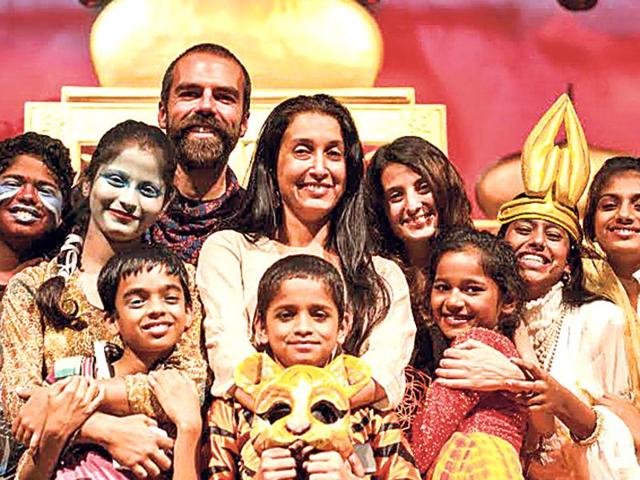With aid declining, charity must begin at ‘home’
It may not be apparent to many but philanthropy has grown considerably in India over the years and that growth is showing no signs of slowing writes KumKum Dasgupta
Hundred million dollars. That’s what Chandrika and Ranjan Tandon, a US-based Indian-American couple, has donated to the New York University’s School of Engineering. The donation is believed to be the largest philanthropic gift by a member of the community.

Several thousand miles away, India is celebrating the annual ‘Joy Of Giving Week’ with philanthropists extending a helping hand to the underprivileged through donations and charitable activities. Though the idea of having dedicated days for philanthropy gives a nice ring to the activity and highlights the need to do our bit for society, philanthropy is not new in India. “Ninety per cent of what is written about philanthropy is based on experiences from the US. Yet philanthropy is but an infant in the US. Ancient philanthropy traces its roots back to Islamic and Hindu scriptures. The Laws of Manu (first century) are among the earliest quoted by scholars writing about philanthropy,” writes John Godfrey, a researcher at the Swinburne University of Technology, Melbourne, Australia, in Mint. In fact, the Jamsetji Tata Endowment Fund, which was set up in 1892, predates the Carnegie Foundation by eight years.
It may not be apparent to many but philanthropy has grown considerably in India over the years and that growth is showing no signs of slowing. The 2015 India Philanthropy Report by Bain and Company Inc says that the country has added more than ‘100 million donors since 2009’. Donors are also contributing more and donating to a larger pool of NGOs, giving philanthropy a much higher public profile. In fact, more than a third of current donors expect their donations to increase in the next five years. As a consequence of this growth, India is now at number 69 on the World Giving Index, up from number 134 in 2010. The most popular philanthropic cause is education and child welfare but it is immensely sad that environment and culture get very little.
“In the last 10-15 years, there has been a spurt in philanthropy thanks to the increase in wealth; what’s more exciting is that more and more young entrepreneurs — and we are hand holding a few of them — are very eager to donate,” RK Krishna Kumar, Trustee, TATA TRUSTS, told me recently.
Despite the scene being encouraging, there is a long way to go, says Nisha Agrawal, CEO, Oxfam India. “All countries of the world have just adopted the social development goals that spell out the development agenda till 2030. It is ambitious. In middle-income countries like India that are no longer recipients of aid, philanthropy will play a very big role in achieving these goals. But NGOs too need to be more transparent, accountable and results-oriented to attract philanthropic funding.”





